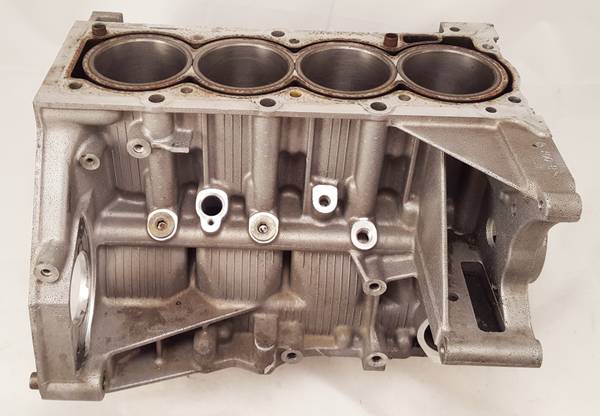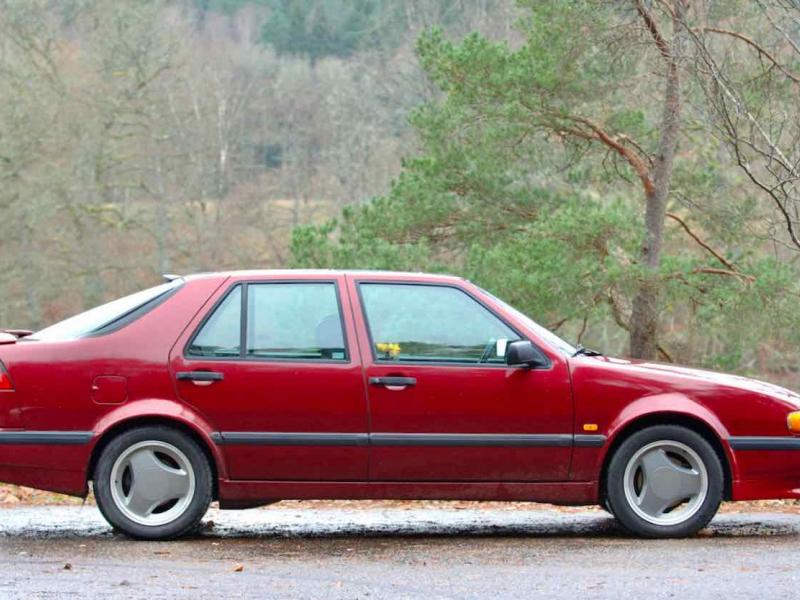Engine Block Cast in Saturn SL1
Sat, 08/27/2011 - 11:08
Since the inception of old Saturn models such as Saturn SL1 and SC; consumption of engine has been the grave issue. An engine block cast prompted when aluminum was used leading to loss of foam process. Foam block models were firstly molded then coated, treated and then packed in a mixture of sand. Later on, the molten aluminum was discharged on it which melted the foam and making the engine cast block. The same process was adopted in the manufacturing of different parts of engine, transmission and heads. Saturn among the other automobile manufacturers uses the same practice and processes.
Saturn SL1 engine block also utilizes bores of cylinder in which the pistons move up and down. These cylinder bores are the part of engine block, whereas various applications of aluminum block slot-in sleeve of steel covering the piston rings. Like other engines Saturn SL1 also uses two types; the aluminum bores and the steel sleeve, having merits and demerits of applying both in their own way.
In the process of strengthening the cylinder; aluminum bores in Saturn SL1 engine have played a significant role and have improved their durability and long life due to the technical advancements. Still in reality the life time of these aluminum bores cannot compete with high potential of steel bores. Putting in the sleeves of iron and aluminum in the Saturn SL1 engine blocks has been a common practice for a long time in both the fields of manufacturing and repair.
When the car is taken to the competent machine shop then the boring out process of the engine and slotting-in steel sleeves process is considered to be unswerving, thus erasing the chances of coolant leaks in between the slot-in bore and the original block, that were common in the past. The bores are then processed and sharpened once the sleeves are inserted into the block of Saturn SL1 engine. The conventional way is adopted for refining and straightening the block head deck as it was used in preparing the iron block in earlier days.
The SC2 engine consumed excessive oil when reached 75,000 miles, therefore the aluminum block was bored deep and sleeves were inserted when taken to the machine shop. This method increased the mileage up to 100,000 with no unnecessary oil consumption. These engines have prolonged their life span if the same method of sleeved block insertion is used.
The grave pitfall of engine oil-burner is that it cannot be treated or repaired even with the engine flushes or oil switching. The aluminum bores collapse; leading to oil-burner of engine that clogs and break down the oil rings completely. The solution to this problem is costly, and that is to rebuild the engine or change it, which then should be compared with the actual worth and life of the vehicle. A decade before the cost of rebuild of parts and machining of SC2 was about $950, excluding the removal and reinstallation charges of the engine parts.

[{"target_id":"255978","alt":null,"title":null,"width":"600","height":"416","url":"\/sites\/default\/files\/articles-images\/a1\/f2000_SATURN_SL_SL1_SL2_ENGINE_BLOCK__150_60d120fdca185.jpg"},{"target_id":"255979","alt":null,"title":null,"width":"1500","height":"750","url":"\/sites\/default\/files\/articles-images\/a0\/engine-block-cast-in-saturn-sl1.jpg"}]




